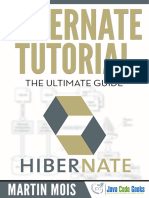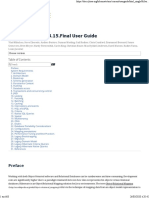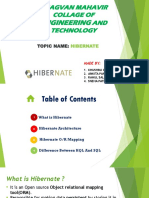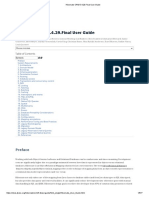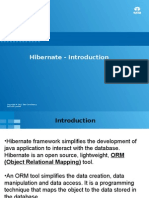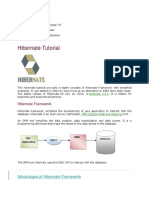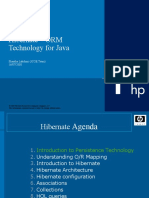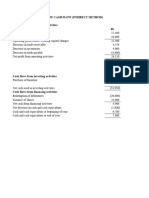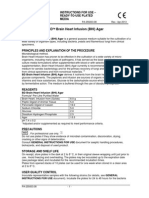0% found this document useful (0 votes)
19 views4 pagesHibernate Notes
Hibernate is an Object-Relational Mapping (ORM) framework for Java that simplifies database interactions by mapping Java objects to relational database tables. The architecture consists of components like Configuration, SessionFactory, Session, and Transaction, facilitating CRUD operations and queries. Setting up Hibernate involves downloading the framework, configuring the environment, and defining mapping files for Java classes and database tables.
Uploaded by
pranavdhobi88Copyright
© © All Rights Reserved
We take content rights seriously. If you suspect this is your content, claim it here.
Available Formats
Download as PDF, TXT or read online on Scribd
0% found this document useful (0 votes)
19 views4 pagesHibernate Notes
Hibernate is an Object-Relational Mapping (ORM) framework for Java that simplifies database interactions by mapping Java objects to relational database tables. The architecture consists of components like Configuration, SessionFactory, Session, and Transaction, facilitating CRUD operations and queries. Setting up Hibernate involves downloading the framework, configuring the environment, and defining mapping files for Java classes and database tables.
Uploaded by
pranavdhobi88Copyright
© © All Rights Reserved
We take content rights seriously. If you suspect this is your content, claim it here.
Available Formats
Download as PDF, TXT or read online on Scribd
/ 4






